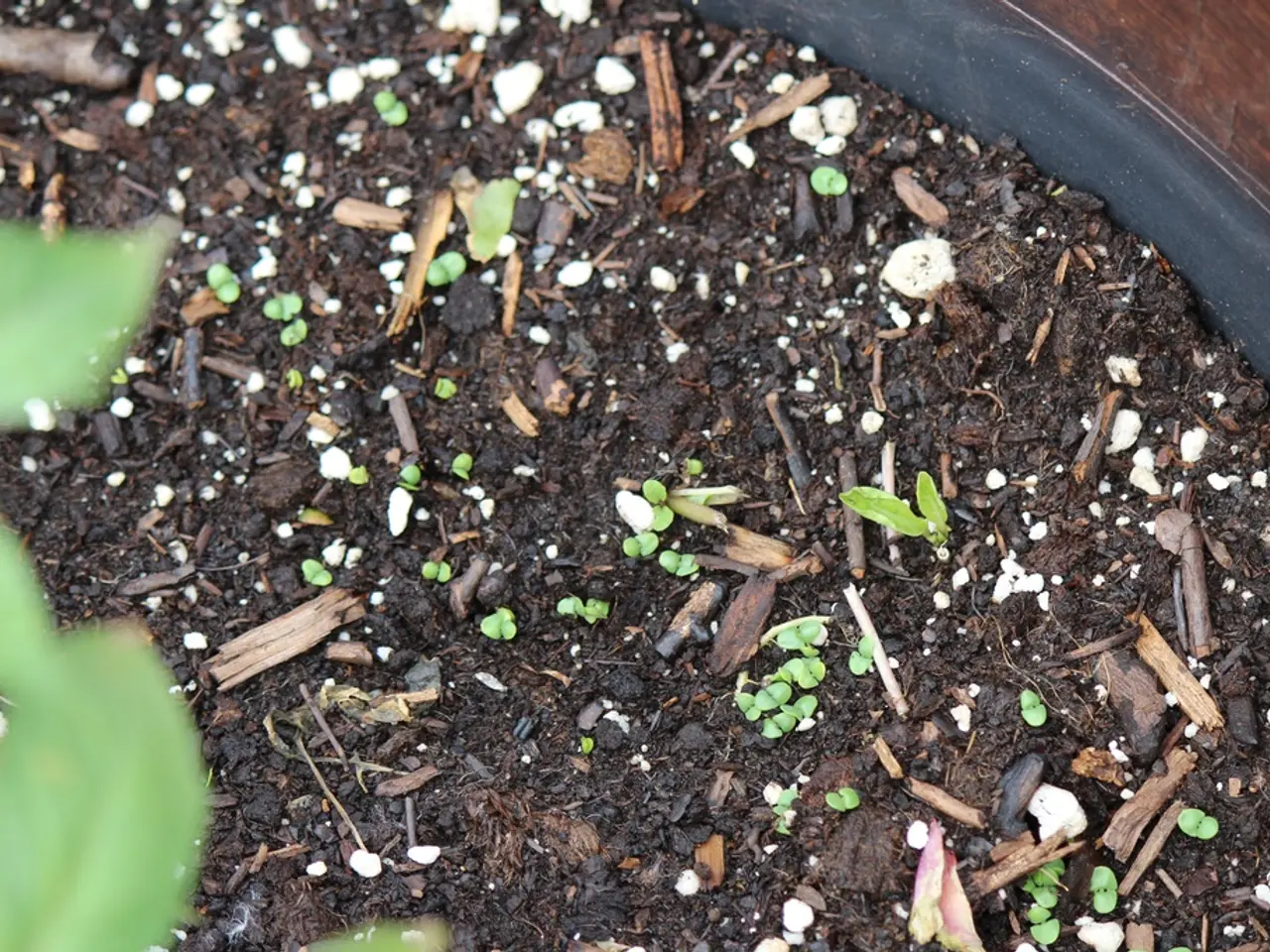Mastering Clay Soil for Thriving Gardens and Flowering Plants
Clay soil, while rich in nutrients and water-holding capacity, can pose challenges for gardeners due to its dense texture and poor drainage. However, with the right approach, it can be transformed into a thriving growing medium.
The most effective methods for improving clay soil involve adding organic matter and using biological soil improvement techniques.
Key organic amendments to improve clay soil include compost, farmyard manure, cover crops (green manure), leaf mould, straw, grass clippings, and decomposing wood or cardboard. These materials, when added to the soil, lighten the texture, discourage compaction, and improve drainage and aeration.
Compost, in particular, adds stable organic matter that improves soil structure, increases aeration, and enhances water retention and drainage. Regular application (2–5 cm annual top dressing) supports long-term fertility and creates crumbly, workable soil.
Farmyard manure, derived from herbivorous animals, enriches soil with organic matter that breaks up clay compaction and promotes beneficial soil life.
Cover crops, plants grown to protect and enrich the soil, add nitrogen and organic residues that feed soil microbes and improve soil texture.
Layering or mulching techniques, using materials like leaf mould, straw, grass clippings, and decomposing wood or cardboard, feed microbes, improve organic content, and, through microbial and earthworm activity, create air pockets and loosen heavy clay.
In addition to organic matter, certain plants can help improve the soil structure. Plants with roots that naturally bind and aerate the soil, such as Eulalia Grass, are beneficial. Introducing beneficial microbes that produce natural soil-stabilizing compounds is another environmentally friendly approach.
Physical layering methods, such as placing thick sheets of cardboard under mulch, encourage earthworm tunneling and microbial activity that soften and break up compacted clay from below.
The process takes time and patience, but with steady amending, your clay soil will continue to improve season after season. Plants like Arkansas Blue Star, New York Ironweed, Sea Holly, Daylily, Wild Bee Balm, Cup Plant, Blazing Star, Indian Grass, Tickseed, Canadian Wild Rye, Black-Eyed Susan, Big Bluestem, Goldenrod, Fountain Grass, Hostas, Switch Grass, Asters, Compass Plant, Autumn Joy Sedum, Butterfly Weed, Prairie Blazing Star, Coneflower, Astilbe, Drooping Coneflower, and Perennial Sunflower are all adapted to growing in clay soil and can help improve its structure over time.
Adding bark mulch can further improve drainage over time, and ensuring good drainage is crucial, especially for plants like Prairie Blazing Star.
In conclusion, the best practice to amend clay soil is to continuously add organic matter like compost, manure, and cover crops while fostering biological activity through mulching and layering techniques. These amendments improve aeration, water infiltration, and nutrient availability, transforming dense clay into a healthier growing medium over time.
- Incorporating organic matter like compost, farmyard manure, and cover crops, along with mulching techniques using leaf mould, straw, or decomposing wood, can help transform dense clay soil into a thriving growing medium.
- Plants such as Arkansas Blue Star, New York Ironweed, and Daylily are adapted to growing in clay soil and can aid in improving its structure over time.
- Regularly applying compost provides stable organic matter that improves soil structure, aeration, and both water retention and drainage, contributing to long-term fertility.
- Using beneficial microbes that produce natural soil-stabilizing compounds is an environmentally friendly approach for enhancing soil structure.
- To ensure good drainage, especially for plants like Prairie Blazing Star, adding bark mulch can further improve drainage over time.




